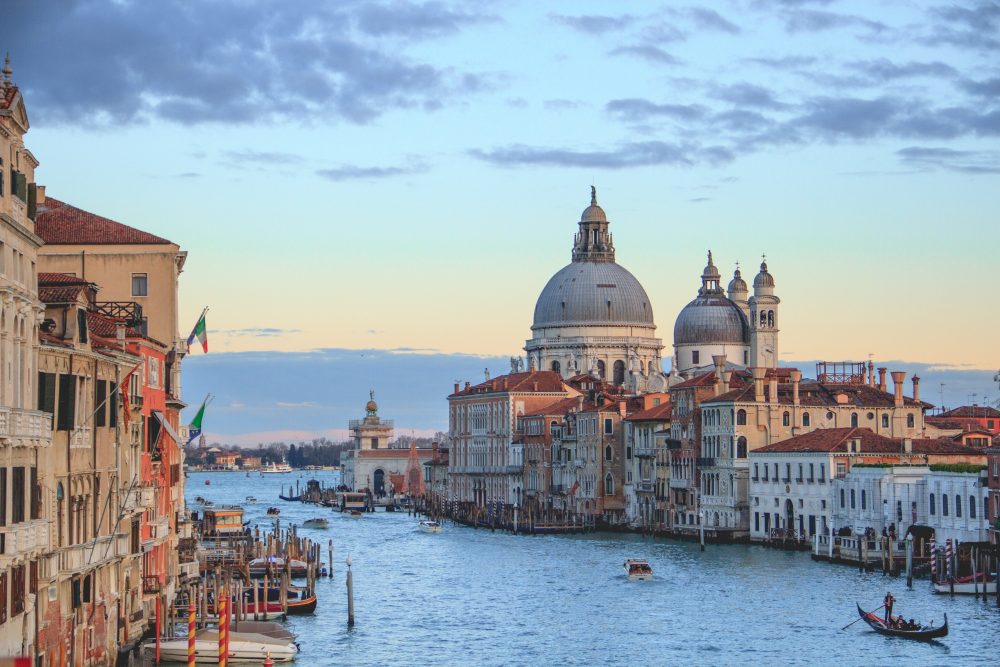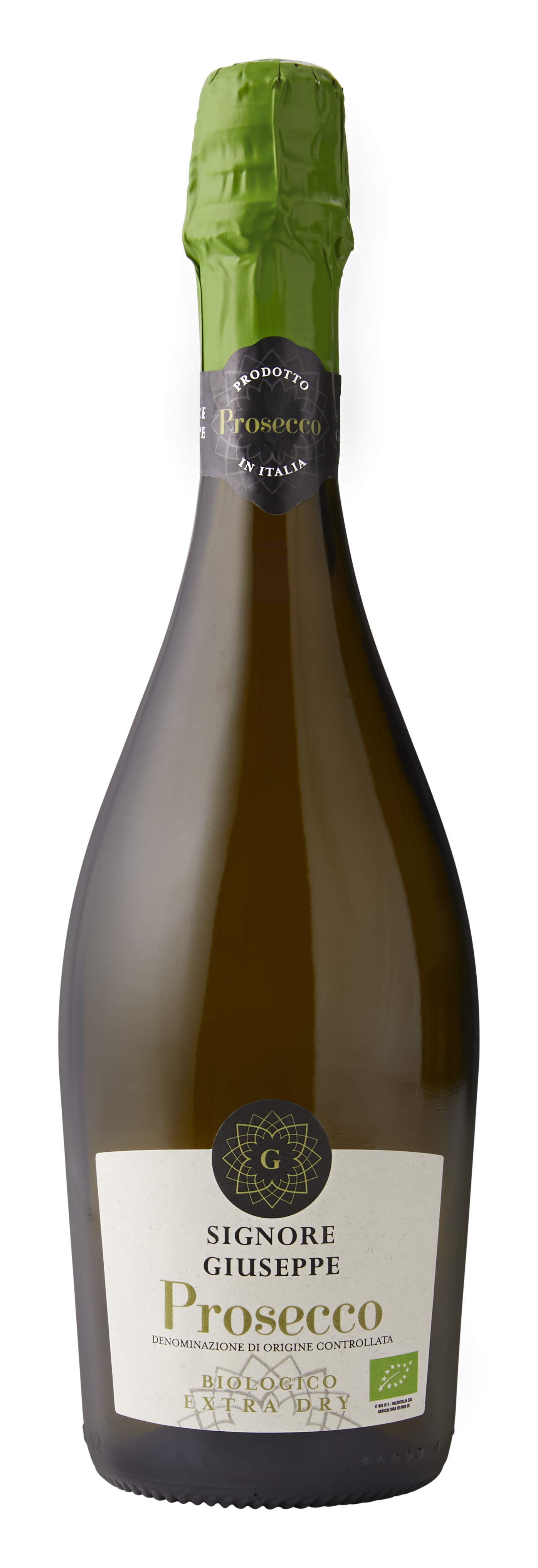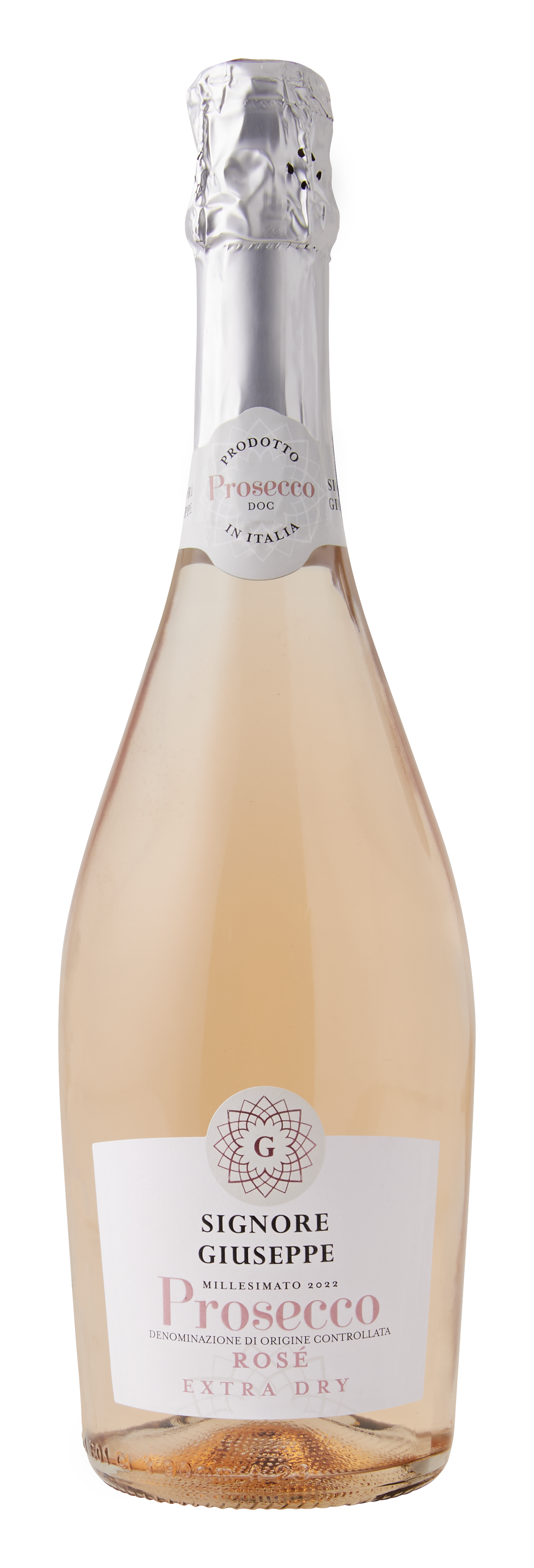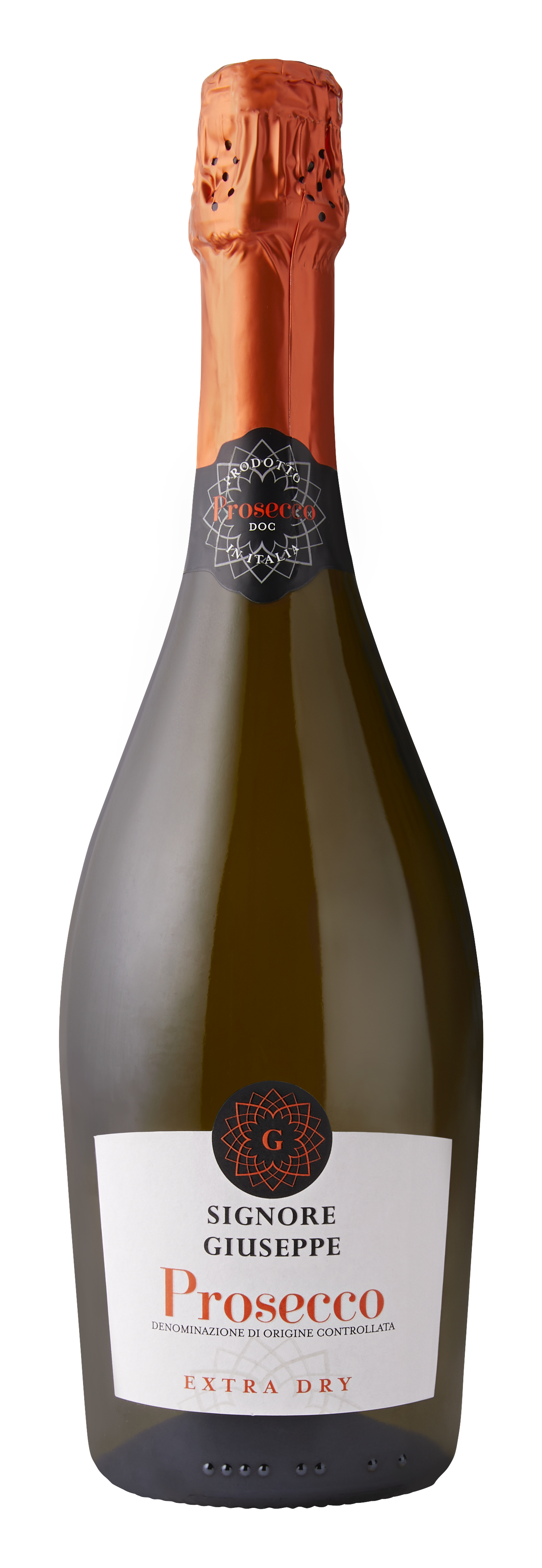en
Welcome to the website
of Signore Giuseppe
To visit our site, you must be of legal age authorized to purchase or consume alcohol. If there is no legislation in your country, you must be at least 18 years old.
I am of legal age, I am 18 years of age or over.
When passion
and terroir meet
Follow Signore Giuseppe through the beautiful regions of Italy, exploring its fascinating wines and terroirs!


"We do not drink, we merely brush our glass with our lips and the wine returns a caress."
Montaigne
Piedmont
Piedmont is the most northerly region in Italy, with borders with France and Switzerland. Bordered by the Alps, its name means the "foot of the mountains".
Piedmont is the seventh largest wine-growing region in Italy in terms of quantity, but it is undoubtedly the most important in terms of quality. The region produces large quantities of Moscato and sparkling wines, such as Asti.
The region is especially renowned for its great Barolo and Barbaresco wines, made from the Nebbiolo grape, which are today considered some of the best wines in the world.
-
Weather
The region is protected from wind and precipitation coming from the north by the Alps. The climate is temperate and continental with long, snowy, cold winters and hot summers, occasionally punctuated by thunderstorms, hail and fog. However, the climate is tempered by the influence of the River Po to the south and Lake Maggiore to the north.
-
Soils
The white limestone and sandy soil, tending towards dryness, creates the ideal biological and physical conditions for the roots of the vine to delve sufficiently deeply into the ground to absorb valuable mineral salts, yielding more complex and flavoursome grapes with a minimum of phytosanitary treatment.
-
Grape varieties
The very symbol of Piedmont wine, the Nebbiolo grape gets its name from the fog that wreathes the vines during the grape harvest, which often begins in the first days of autumn.
Particularly sensitive to environmental factors, the Nebbiolo struggles to adapt to areas other than those in which it is typically cultivated.
The Moscato is an aromatic white varietal belonging to the large Moscati family of grapes. It originates from the hills between the provinces of Asti, Alessandria and Cuneo, where it has been cultivated since time immemorial in these heroic vineyards, to bring us this wholly unique grape variety.
Although it is grown in all of the main grape-producing countries, yellow muscat from Piedmont remains unequalled in terms of quality and aromatic bouquet. The history of these national and international sparkling wines is also related to this varietal. Indeed, it was here, in 1895, that Federico Martinotti, director of the Asti school of oenology, developed the method for making sparkling wine that still bears his name (in which sparkling wines undergo fermentation in tanks).
Thanks to this innovative oenological practice, yellow Moscato now expresses an attractive and complex aromatic range, presenting clear references to sage and yellow fruits, with good ageing qualities.
Wines

Veneto
Veneto is one of the largest wine-growing regions in Italy. It is famous for its production of Prosecco, Soave and Valpolicella. It stretches from the southern point of Lake Garda to Venice in the east and from the foothills of the Alps in the north to the great Po Plain in the south.
In Veneto, the production of Prosecco is particularly prevalent on the hills of the province of Treviso, as well as in the provinces of Padua and Vicenza and in certain other parts of the plain. Prosecco is enjoyed and sought after by the general public for its versatility in cocktails, its soft, fresh flavour and its scent, which expresses fruity to floral notes, depending on the varietal, and can include notes of fruit, apples and pears, as well as citrus, almonds, honey and a rich bouquet of species of flowers.
The splendid microclimate of Valpolicella, where the warm breezes from Lake Garda meet the cooler air of the Lessin mountains, favours the production of great red wines such as Amarone and Valpolicella.
In the Bardolino appellation, we find a combination of moraine soil and a particularly mild climate, characterised by good variations in temperature between day and night, yielding attractive, easy-to-drink wines, whether in the traditional reds or the Chiaretto rosatos.
-
Weather
The Prosecco-producing region enjoys a mild microclimate with generous helpings of rain and sunshine.
The Bardolino region has a cool climate. The breezes from the lake and the cool air from the mountains refresh the region from the west and the north. Lake Garda slightly moderates any variations in temperature and reflects sunlight onto the highest vineyards.
The Valpolicella region has a mild to cool continental climate influenced by the proximity of water with Lake Garda to the west and the Adriatic Sea to the south-east. -
Soils
The soil type varies from one vineyard to another, but it is generally a mix of limestone, clay, marl and marine sandstone. Combined with the temperate climate, these soil conditions make this region ideal for growing the Glera, the Prosecco grape.
-
Grape varieties
Wine benefiting from the Prosecco DOC appellation of controlled origin must be made from grapes that come from vineyards developed using Glera vines, a vine native to north-eastern Italy.
The main varietals are Glera for Prosecco (24%), Garganega (14%) for Soave, Merlot, Corvina and Pinot Grigio.
Wines

Puglia
The region of Puglia lies in the extreme south-east of Italy that forms the "heel of the Italian boot". More than 800 km of coastline define the geographical boundaries of the region. It is long and narrow, caught between the Adriatic Sea to the east and the Ionian Sea to the south.
Puglia is one of the oldest wine-growing regions in Italy. Its geographical situation encouraged various peoples to embark on the development of the vine: the Phoenicians, the Greeks and, more especially, the Romans.
Since the 20th century, viticulture in Puglia has developed considerably thanks to wine-growers striving for high quality and aiming to preserve local grape varieties. The exceptional soil and climate help to make the wines of this land unique. Its three primary varietals bear witness to this tradition. Puglia relies on a considerable variety of terroirs, which express themselves in a rich bouquet of aromas and flavours.
-
Weather
It is a region with abundant sunshine where weather conditions vary between continental and oceanic. Sea breezes influence the heat in the summer and lower the night-time temperatures, enabling the grapes to ripen in optimal conditions.
-
Soils
Clay soils, fine well-drained limestone soils, pinkish reddish earth and mineral-rich rocky soils.
-
Grape varieties
Negroamaro is appreciated for its intense colour, its medium-bodied tannins and its flavours of black fruits. This varietal is slightly aromatic and can produce complex wines.
Nero di Troia has length and characteristic spice notes that help to make this wine interesting and original. It is a wine characterised by its high tannin content and a good predisposition to ageing.
Primitivo is a dark-skinned grape known for producing tannic wines. Primitivo has a high alcohol and tannin content, an intense flavour and a deep colour.
Wines

Emilia Romagna
Romagna is a luxuriant stretch of land, cradled between the sea and the Apennines, amid gently rolling hillsides and valleys. The landscape is defined by orchards and vineyards, interwoven with farms, villages, towers and castles.
Life in Romagna is quite unique. It is reflected in a true passion for wine, the fruit of the earth, hard work and the friendly smiles of the people who produce it. It has the character and culture of the earth: open, welcoming, hospitable. And it is the repository of the expertise of the wine-growers who, having learned to manage the entire life cycle of the wine over many years, have developed it to produce a level of excellence of its very own. In a region with a strong farming tradition, the wines of Romagna tell their own story, where they come from and the personality of those who live there.
Vine growing occupies 55,000 hectares of this large region, which produces approximately 7 million hectolitres of wine every year. Emilia Romagna is the third largest wine-growing region in Italy, particularly well known for its sweet sparkling wine, Lambrusco.
-
Weather
Maritime Mediterranean with hot summers and mild winters.
-
Soils
Significant geographical diversity plays an important role in creating very diverse microclimates and terroirs. Fertile, clay and limestone soils with alluvial strata on the plains and limestone and sandstone in the hills and mountains.
-
Grape varieties
They generally reach maturity between the end of September and the beginning of October, depending on the different Lambrusco varietals. They are vinified traditionally using the Charmat method, with immediate separation of the skins, followed by first and second fermentations in pressurised, temperature-controlled steel tanks. The region’s primary grape varieties are Trebbiano (20%), Lambrusco (18%) and Sangiovese (16%).
Wines

Abruzzo
Lying between the Adriatic Sea and the Gran Sasso d'Italia and Maiella massifs, the region enjoys the marked differences in temperature between day and night which, along with good ventilation, provide an ideal microclimate for growing vines and producing grapes of extraordinary quality.
Abruzzo is one of the most mountainous regions in Italy. The summits of the Apennines rise as high as 2,800 metres above sea level.
It produces approximately 3.8 million hectolitres of wine, 58% of it red wine. The region has around 36,000 ha of vineyards.
Abruzzo is known primarily as the home of Montepulciano.
-
Weather
The region can be divided into two areas: the inland mountainous area, characterised by a continental climate, which accounts from more than 65% of the entire region, and the coastal area with its broad range of hills and its mild climate.
-
Soils
Sand and limestone coastline. Marl and sandstone in the mountains.
-
Grape varieties
Montepulciano is one of the most widespread grape varieties and accounts for more than half of the region’s basic ampelography. It is also the go-to grape for Montepulciano d'Abruzzo DOC. Covering approximately 17,000 hectares, with a tendency towards continuous growth (in recent years, more than 70% of new vineyards have been created with this varietal), there is reliable evidence that it has been present in Abruzzo since the mid-1700s.
The most widespread method of vine cultivation in Abruzzo is the Abruzzo trellis, which is used in more than 80% of the region’s vineyards.














